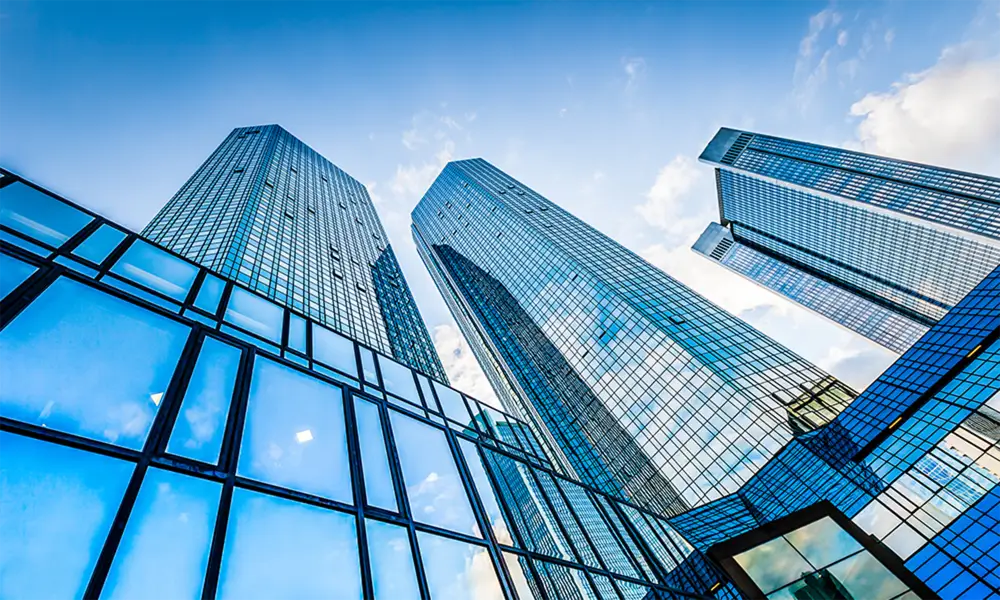

The Benefits of Double Pane Low-E Glass A Modern Approach to Energy Efficiency
In today's fast-paced world, the importance of energy efficiency cannot be overstated. One of the most impactful innovations in building materials has been the development of double pane low-E glass. This advanced glazing technology offers numerous benefits that not only enhance the efficiency of buildings but also contribute to environmental sustainability and occupant comfort. In this article, we will explore the workings, benefits, and applications of double pane low-E glass.
Understanding Double Pane Low-E Glass
At its core, double pane low-E glass consists of two panes of glass separated by a gas-filled space, often argon or krypton. This design creates a thermal barrier that reduces heat transfer, keeping buildings warmer in the winter and cooler in the summer. The term low-E refers to the low emissivity coating applied to one or both panes. This microscopic layer is designed to reflect infrared energy while allowing visible light to pass through, thus optimizing natural light without compromising on energy efficiency.
Energy Efficiency and Cost Savings
One of the primary advantages of double pane low-E glass is its energy efficiency. Buildings typically lose a significant amount of heat through windows, which can lead to increased heating and cooling costs. By using low-E glazing, homeowners and businesses can reduce their energy consumption significantly. Studies have shown that double pane low-E windows can reduce energy bills by as much as 20% to 30% compared to single-pane windows.
The energy savings translate to lower utility bills, making it a cost-effective investment over time. Additionally, by reducing the reliance on artificial heating and cooling systems, buildings can contribute positively to the environment by decreasing overall carbon emissions. This eco-friendly approach aligns well with the global push towards sustainable building practices and energy conservation.
Improved Comfort and Aesthetic Appeal
Beyond its economic and environmental benefits, double pane low-E glass enhances the comfort of indoor environments. The thermal performance of this glazing technology helps maintain a consistent indoor temperature, reducing cold drafts and hot spots. Furthermore, it prevents harmful UV rays from penetrating indoor spaces, protecting furniture, flooring, and artwork from fading.

From an aesthetic standpoint, double pane low-E glass can be designed to complement various architectural styles. With the ability to customize the tint, clarity, and finish, architects and homeowners alike can achieve the desired look for their spaces without sacrificing performance. The natural light that filters through low-E windows illuminates interiors beautifully, creating bright and inviting atmospheres.
Noise Reduction and Privacy Benefits
In addition to thermal efficiency, double pane low-E glass provides excellent sound insulation. The two layers of glass and the gas-filled space between them create an effective barrier against noise pollution, making homes and offices quieter. This can be particularly valuable in urban areas where external noise can be a significant disturbance.
Moreover, the reflective properties of low-E glass can enhance privacy without compromising natural light. Many low-E products are designed to minimize visibility from the outside, allowing occupants to enjoy their activities without feeling exposed.
Versatility and Application
Double pane low-E glass is versatile and can be used in various applications, from residential windows to commercial façades. Its performance characteristics make it suitable for diverse climates, whether in colder northern regions or warmer southern areas. This adaptability means that builders and homeowners can specify low-E glass in new construction projects, as well as in retrofitting older buildings to enhance performance.
Conclusion
In conclusion, double pane low-E glass stands out as an essential innovation in the quest for energy efficiency and comfort in modern architecture. Its ability to minimize energy loss, enhance occupant comfort, and improve aesthetic appeal makes it a preferred choice for residential and commercial properties alike. As we strive for a more sustainable future, the adoption of technologies like double pane low-E glass plays a critical role in reducing our environmental footprint while promoting a healthier, more comfortable living and working environment. Embracing such advancements not only benefits individual users but also contributes to the broader goal of energy conservation and environmental stewardship.